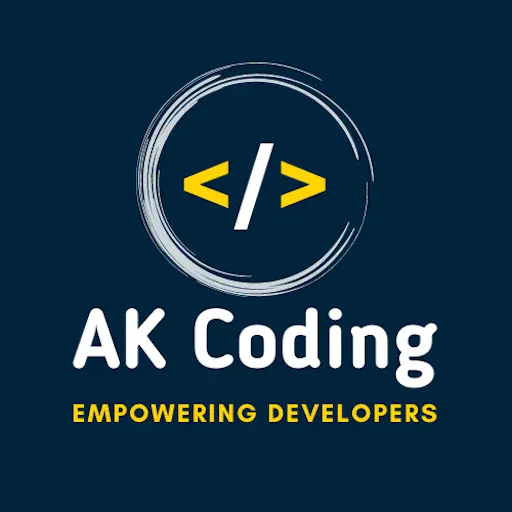Here’s a complete, categorized list of Kafka interview questions — from basic to advanced — that are most commonly asked in backend and system design interviews 👇
🧩 1. Basic Level – Core Concepts
These test your fundamental understanding of Kafka.
- What is Apache Kafka and why is it used?
- What are Topics, Partitions, and Offsets in Kafka?
- What is a Producer and a Consumer in Kafka?
- What is a Kafka Broker?
- What is a Kafka Cluster?
- What is a Consumer Group and why is it important?
- What is a Leader and Follower partition?
- How does Kafka ensure message ordering?
- What is the role of ZooKeeper (and what replaced it in new versions)?
- What is log retention in Kafka and how is it configured?
✅ Tip: Most interviewers start here — make sure you can explain each with a simple example.
⚙️ 2. Intermediate Level – Design & Internals
These questions dig deeper into how Kafka works under the hood.
- How does Kafka achieve high throughput and low latency?
- What is ISR (In-Sync Replicas) in Kafka?
- How does Kafka handle message replication and fault tolerance?
- What happens if a Kafka broker goes down?
- How does Kafka ensure reliability and durability of messages?
- What are different types of message delivery semantics in Kafka? (at-most-once, at-least-once, exactly-once)
- How is offset stored and managed in Kafka?
- What is the difference between Kafka’s log compaction and log retention?
- What is the role of partitioning key? What happens if you don’t specify one?
- How does Kafka handle backpressure when consumers are slow?
✅ Tip: Be ready to explain with diagrams or real-world analogies here.
🏗️ 3. Advanced Level – System Design & Real-World Scenarios
These are common in senior-level interviews and system design rounds.
- How would you design a system using Kafka to process real-time events?
- How do you achieve exactly-once processing in Kafka?
- What’s the difference between Kafka and RabbitMQ / other message brokers?
- How would you scale Kafka consumers to handle increasing load?
- How do you handle schema evolution in Kafka messages? (Hint: Schema Registry)
- What are Kafka Streams and how are they different from Kafka Connect?
- How would you secure a Kafka cluster? (SSL, SASL, ACLs)
- What are idempotent producers and why are they useful?
- What is the difference between consumer lag and partition lag? How do you monitor them?
- How do you handle rebalancing in consumer groups? What problems can it cause?
📊 Bonus: Real-World Scenario Questions
These are common in system design-style interviews:
- Design an event-driven order processing system using Kafka.
- How would you implement a retry mechanism for failed Kafka message processing?
- What happens if a consumer crashes after reading a message but before committing the offset?
- How would you migrate a Kafka topic with zero downtime?
- How do you guarantee message ordering across multiple partitions?
🧠 Pro Tips for Interviews
- 📌 Always mention trade-offs. (e.g., at-most-once vs at-least-once)
- 📈 Use diagrams if it’s a system design question.
- 🔁 Relate Kafka features to real use cases (like order processing, notifications, analytics).
- ⚡ Know key terms deeply: ISR, offset, replication factor, partitioning key, compaction.
📚 Quick Revision Table
| Concept | Keyword to Remember |
|---|---|
| Topic | Named stream of data |
| Partition | Unit of parallelism |
| Offset | Message position in partition |
| Producer | Sends messages |
| Consumer | Reads messages |
| Consumer Group | Parallel consumption |
| ISR | Replicas in sync |
| Delivery semantics | At-most, at-least, exactly-once |
| Log Compaction | Keeps latest value per key |
| Schema Registry | Handles schema evolution |
Read other awesome articles in Medium.com or in akcoding’s posts.
OR
Join us on YouTube Channel
OR Scan the QR Code to Directly open the Channel 👉

